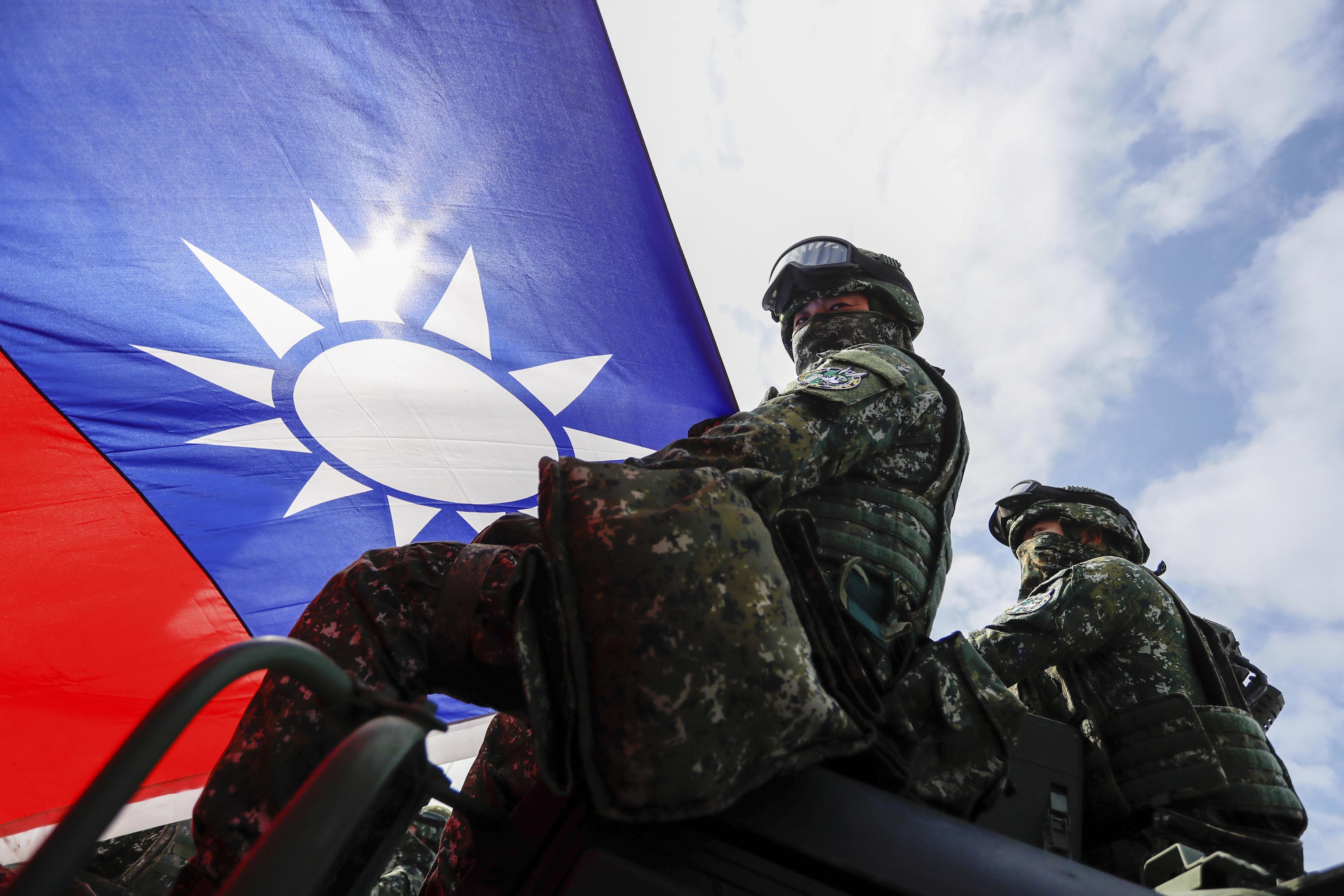Taiwan began conducting large-scale annual military exercises on land, sea, and air in 1984. Initially, the purpose was to train troops to retake mainland China from the communists. The Kuomintang nationalists, who lost the civil war to Mao Zedong's Red Army and exiled to the island, still hoped to gather enough strength to reclaim the entire territory.
Now, over four decades later, these military exercises, the Han Kuang, focus on training and strengthening defense capabilities against a possible invasion by Beijing's powerful army. This Wednesday, the island's self-governing authorities have launched maneuvers announced as the largest and longest to date, on the island that China considers a separatist province.
Over 10 days, approximately double the duration of previous exercises, Taiwanese troops will combine conventional war games with massive evacuation drills. The Ministry of Defense has mobilized 7,000 additional reservists for the exercise, stating that "joint operational readiness will be tested around the clock under unprecedented live-fire conditions." The Taiwanese armed forces have just over 150,000 active-duty personnel, compared to the over two million in neighboring China.
Taiwanese authorities have explained that this year's edition will incorporate "a whole-of-society resilience approach." This means that civilian populations will participate in survival and first aid training. Meanwhile, the military will simulate defense from the air to coastal landings, also testing the newly acquired HIMARS multiple rocket launchers from the United States, as well as anti-aircraft, anti-ship, and ground attack missiles. Main battle tanks, the U.S.-made M1A2 Abrams, will also be deployed for live-fire exercises.
"Only through preparation can we preserve peace," stated General Tung Chi-hsing, head of the joint operations planning division. "The exercises will include coastal and urban warfare, assessing Taiwanese forces' ability to repel beach landings and defend cities; deep defense operations testing resistance in cities and mountainous areas; and prolonged warfare tests evaluating military and civilian systems under continuous attack," detailed Taiwanese authorities.
Other scenarios to be rehearsed include massive cyberattacks and economic blockades. The Chinese military also simulated an all-encompassing blockade around seven points on the island during the latest major maneuvers in April this year. Chinese warplanes and warships aimed to isolate Taiwan from swift U.S. military assistance.
Large-scale blockade drills
Beijing began conducting large-scale invasion and blockade drills around Taiwan following the provocative visit in the summer of 2022 by then-U.S. House Speaker Nancy Pelosi. In recent months, Chinese officials have persisted with threats of "reunification," by force if necessary, as Taiwanese President Lai Ching-te irritated Beijing with his rhetoric.
Chinese officials were particularly irked when Lai recently publicly referred to China as a "hostile foreign force", prompting the Chinese military to increase military pressure on the island with air intrusions.
In May, U.S. Secretary of Defense Pete Hegseth warned that China posed an "imminent" threat to Taiwan. "Any action in that direction will have devastating consequences for the Indo-Pacific and the world," he stated.
With Donald Trump in the White House, Washington, which does not recognize Taiwan as an independent state, like the vast majority of countries, has continued to be the island's main international sponsor and major arms supplier. Unlike President Biden, the Republican has not openly stated yet whether he would defend Taiwan in the event of a Chinese attack.
